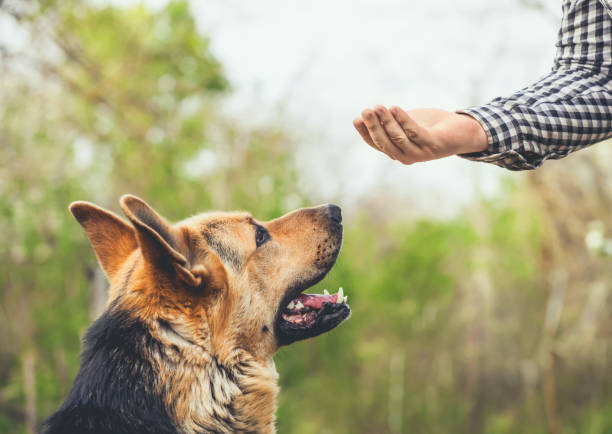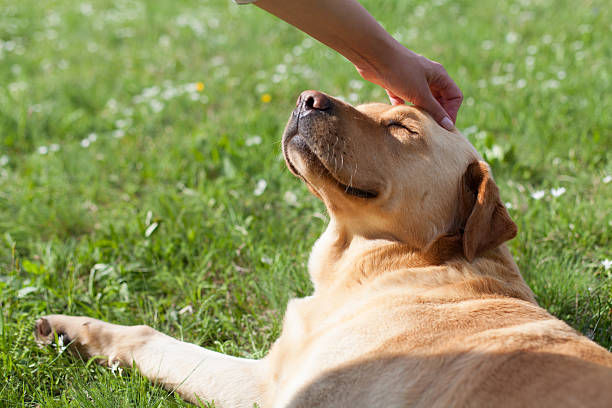Blackwell, E., Twells, C., Seawright, A., and Casey, R. The relationship between training methods and the occurrence of behavior problems, as reported by owners, in a population of domestic dogs. problem behavior intervention
This is the first book to collate and synthesize the recent burgeoning primary research literature on dog behaviour, evolution, and cognition. The author presents a new ecological approach to the understanding of dog behaviour, demonstrating how dogs can be the subject of rigorous and productive scientific study without the need to confine them to a laboratory environment.
Cohen, A. (2022, December 2). Parvovirus: Transmission to treatment. Cornell University College of Veterinary Medicine. Retrieved January 6, 2023, from https://www.vet.cornell.edu/departments-centers-and-institutes/riney-canine-health-center/health-info/parvovirus-transmission-treatment
The University of Sydney – OMIA – Online Mendelian inheritance in Animals. OMIA. (n.d.). Retrieved May 18, 2022, from https://www.omia.org/home/
Feuerbacher, E. N. and Wynne, C.D.L. (2015). Shut up and pet me! Domestic dogs (Canis lupus familiaris) prefer petting to vocal praise in concurrent and single-alternative choice procedures. Behavioural Processes, 110, 47-59. DOI: 10.1016/j.beproc.2014.08.019
Before you can build your dog’s best life with enrichment and activities, you need to make sure the foundation is solid. Nourishing food, fresh water, positive training, and upbeat grooming experiences all add up to a great base on which to build a happy, healthy, full life together. Find out how to make sure your basics are solid and set your dog up for a Fear Free future with this video!





